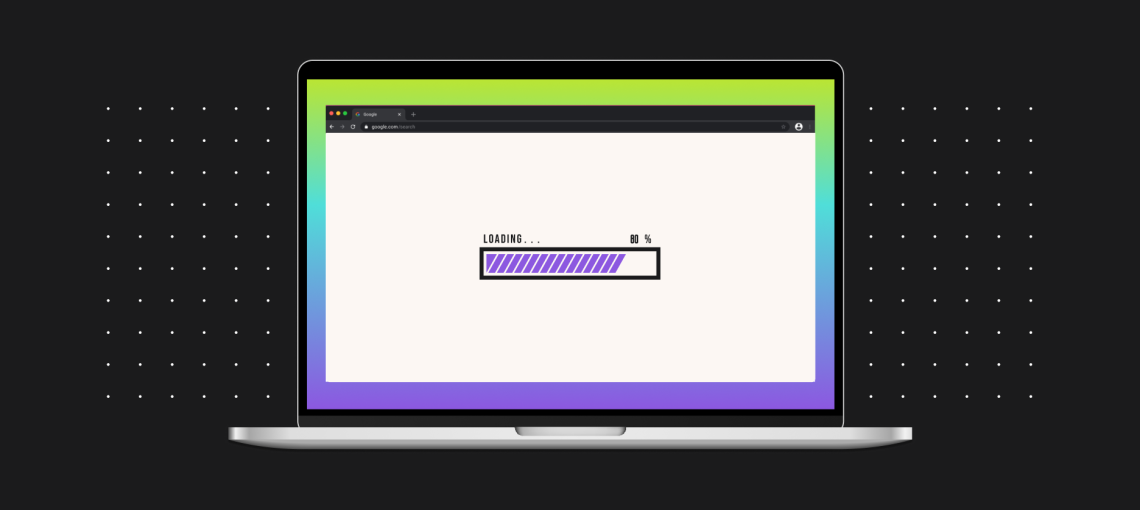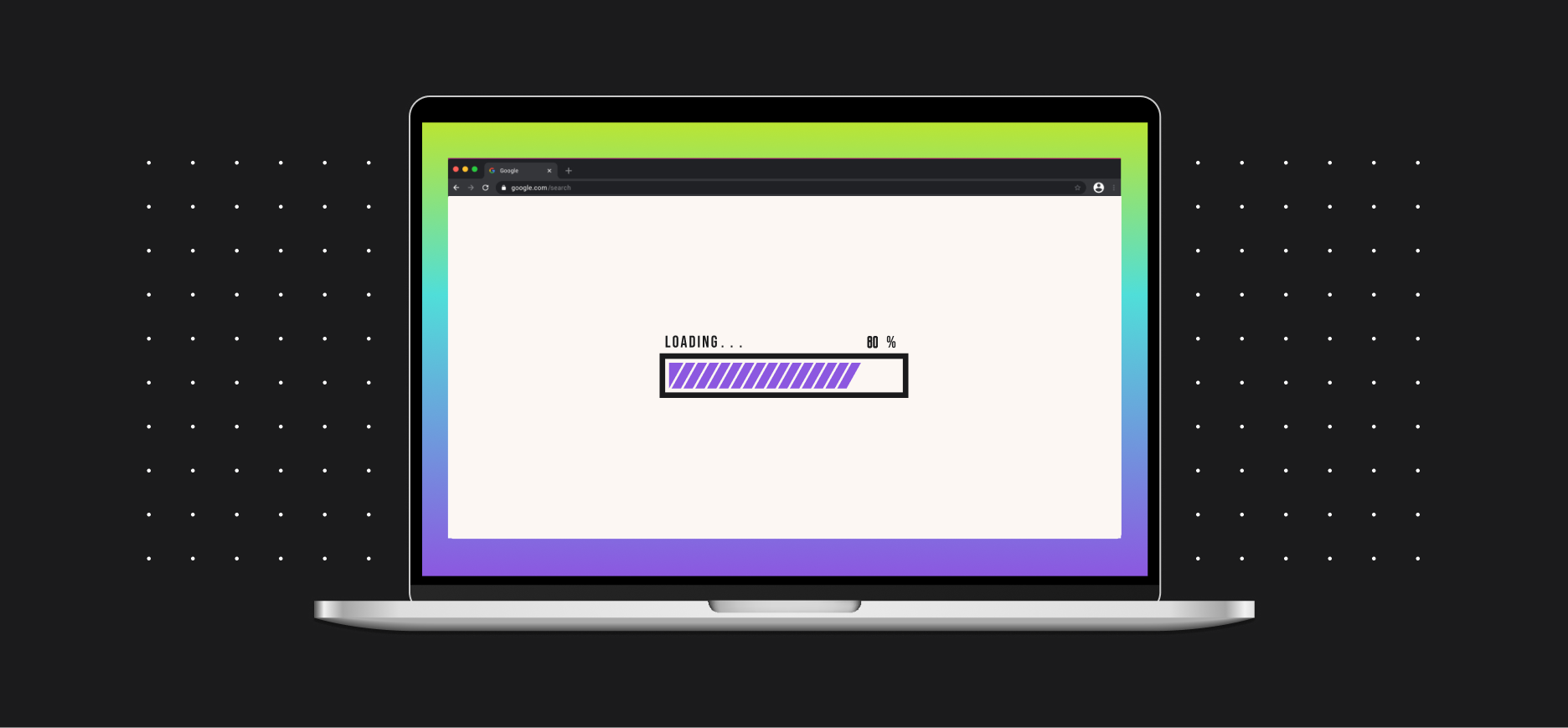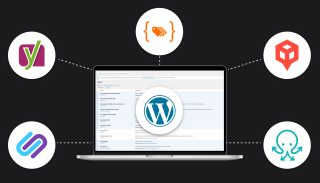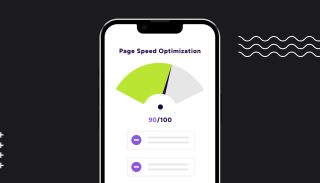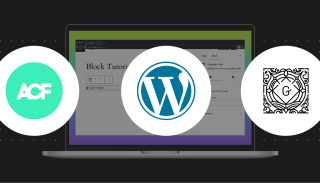8 Reasons Your Website is So Slow
Is your website loading slowly? This is a frustrating problem that can plague any website owner, and for good reason. A sluggish website doesn’t just test your visitors’ patience – it actively drives them away. In today’s fast-paced digital world, users expect a seamless, instantaneous experience. If your pages are loading slowly, potential customers will leave, your search engine rankings will suffer, and your conversion rates will plummet.
Speed isn’t just a desirable feature; it’s an absolute necessity for online success. But pinpointing the exact cause when you notice your website loading slowly can be frustrating. Let’s cut through the technical jargon and explore the most common reasons why your website is lagging, and more importantly, what you can do to fix it.
1. Your Images are Too large
The Problem: High-resolution, unoptimized images are one of the biggest and most common causes of a slow website. A beautiful hero image that is several megabytes in size has to be downloaded by the visitor’s browser before it can be displayed, causing significant delays in page load time.
The Fix: Compress your images before uploading them. Tools like TinyPNG or ImageOptim can drastically reduce file size without a noticeable drop in quality. Additionally, serve images in next-gen formats like WebP and ensure they are sized correctly for their containers on the page (don’t use a 2000px wide image for a 300px thumbnail).
2. You Have Inefficient Code
The Problem: Your website is built on code: HTML, CSS, and JavaScript. If this code is bloated, poorly written, or disorganized, the browser has to work harder and longer to render your page. Render-blocking JavaScript, in particular, can prevent a page from displaying until the script is fully loaded and executed, leading to a frustrating delay when users notice their website loading slowly.
The Fix: This requires a bit more technical know-how. Minifying your CSS and JavaScript files removes unnecessary characters from the code, making the files smaller. Deferring the loading of non-critical JavaScript can also ensure that the most important content on your page loads first.
3. Your Server or Hosting Isn’t Cutting It
The Problem: You can optimize your site perfectly, but if the server it’s hosted on is slow, your site will inevitably be slow. Cheap, shared hosting plans often cram thousands of websites onto a single server. If another site on your server gets a huge traffic spike, your site’s performance can suffer. A key metric here is Time to First Byte (TTFB), which measures how long it takes the browser to receive the very first piece of information from your server. A high TTFB is a clear sign that your hosting might be the reason your website is loading slowly.
The Fix: If your TTFB is high, it’s time to consider upgrading your hosting plan. Moving from shared hosting to a Virtual Private Server (VPS) or a dedicated hosting solution can provide the resources and stability your website needs to perform well.
4. You Aren’t Using Caching
The Problem: Caching is like creating a temporary shortcut. Without it, every time a person visits your site, their browser has to download all the assets, images, scripts, etc. all over again. For your server, it has to rebuild the page from scratch for every single visitor. This is highly repetitive and inefficient.
The Fix: Implement browser and server-side caching. Browser caching tells a visitor’s browser to save static files locally, so on subsequent visits, the page loads almost instantly. Server-side caching creates ready-to-go HTML versions of your pages, so the server doesn’t have to build them for every new request.
5. There Are Too Many HTTP Requests
The Problem: Think of each element on your page, every image, stylesheet, font, and script as a separate file that your browser needs to request and download from your server. The more files you have, the more individual requests are made. A high number of requests can create a bottleneck that slows everything down.
The Fix: Reduce the number of files your site has to load. This can be done by combining multiple CSS or JavaScript files into a single file and using CSS sprites to merge multiple small images (like icons) into one.
6. You Don’t Have a Content Delivery Network (CDN)
The Problem: The physical distance between your server and your visitor matters. If your server is in Virginia, a user trying to access your site from California (or London) will experience higher latency because the data has to travel further.
The Fix: Use a Content Delivery Network (CDN). A CDN is a network of servers distributed around the globe. It stores copies of your website’s static assets (like images and CSS) and serves them to users from the server closest to their physical location, dramatically reducing load times for a global audience.
7. You Have Too Many Third-Party Scripts
The Problem: Analytics tools, customer support chat widgets, social media trackers, and advertising pixels all add external scripts to your website. While useful, each script is another HTTP request and can significantly add to your page’s load time, often without you realizing the full impact.
The Fix: Audit all third-party scripts running on your site. Ask yourself if each one is absolutely essential. Remove any that are unnecessary and investigate more lightweight options for the tools you need to keep.
8. Your Database is Bloated
The Problem: If you use a Content Management System (CMS) like WordPress or Drupal, your content is stored in a database. Over time, this database can get cluttered with old post revisions, spam comments, and other unnecessary data. When a visitor loads a page, your server has to query this inefficient database, which can take time and contribute to your website loading slowly.
The Fix: Regularly optimize your database. Most CMS platforms have plugins or tools that can help you clean out old revisions, deleted items, and other junk, keeping your database lean and responsive.
Take Control of Your Website’s Speed
A slow website is a solvable problem. By systematically investigating these common issues, you can significantly improve your page load times, creating a better experience for your users and a healthier bottom line for your business.
Feeling overwhelmed because your website is loading slowly? Optimizing a website can be complex. If you’re ready to make your site faster but aren’t sure where to start, the team at Atlantic BT is here to help. Contact us today for a complete performance audit.


